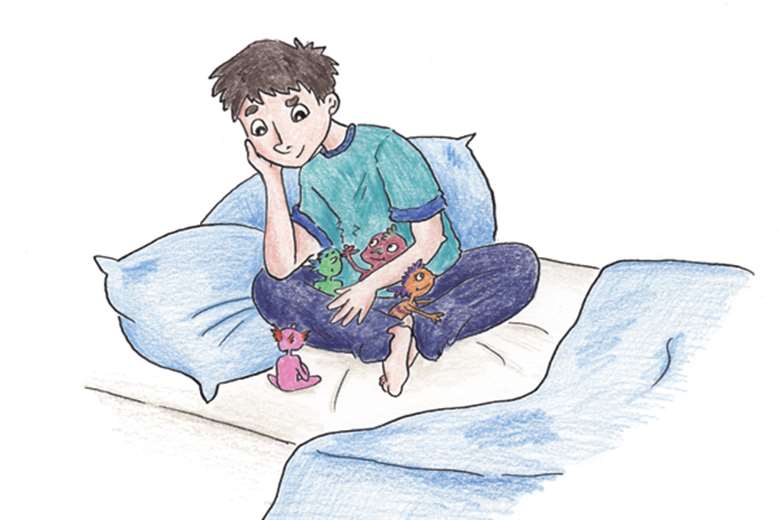Safer sexual behaviour guide
Emily Rogers
Tuesday, September 27, 2016
Resources address low-level sexually-concerning behaviour among seven- to 11-year-olds.

PROJECT
Helping Children to Learn about Safer Sexual Behaviour: Taking Steps to Safety
PURPOSE
To address low-level sexually-concerning behaviour among seven- to 11-year-olds
FUNDING
The resource pack, including a workbook, storybook and downloadable resources, costs £29.99 from Speechmark Publishing
BACKGROUND
Social worker Laura Walker and youth worker Carol Laugharne worked at a specialist service supporting seven- to 17-year-olds with sexually-concerning and harmful behaviour. They were getting an increasing number of referrals of younger children exhibiting lower-level behaviour, such as touching their own or a peer's private parts over clothes, or exposing themselves.
"Many professionals lack the confidence or language to have a conversation with children about it," says Walker.
So the pair wrote a workbook guiding professionals through a nine-session intervention, based on approaches they had developed and used themselves. It was published in May.
ACTION
The workbook is designed for use by a professional with a good relationship with the child, such as a school pastoral worker. Walker recommends professionals start by using the accompanying storybook, Billy and "The Tingles", about the support an eight-year-old boy receives to deal with his concerning behaviour.
She suggests weekly one-to-one sessions of up to an hour, the first focusing on the child's strengths and talents, likes and dislikes and things and people important to him or her. Further sessions cover topics such as the correct words for body parts, boundaries, appropriate and inappropriate touching and personal space as well as exploring the behaviour the child has been referred for. The process also sees the child and professional compile a safety plan, outlining acceptable behaviour rules alongside strategies to prevent unacceptable behaviour.
OUTCOME
Of the 60 or so children and young people Walker and Laugharne used these strategies with annually over six years just four or five per year were re-referred for repeat behaviour, usually due to learning needs or disruption in the child's life requiring longer-term work. The rest ceased the behaviour, with positive outcomes such as re-integration with classmates, increased self-esteem and improved social skills.
If you think your project is worthy of inclusion, email supporting data to derren.hayes@markallengroup.com




